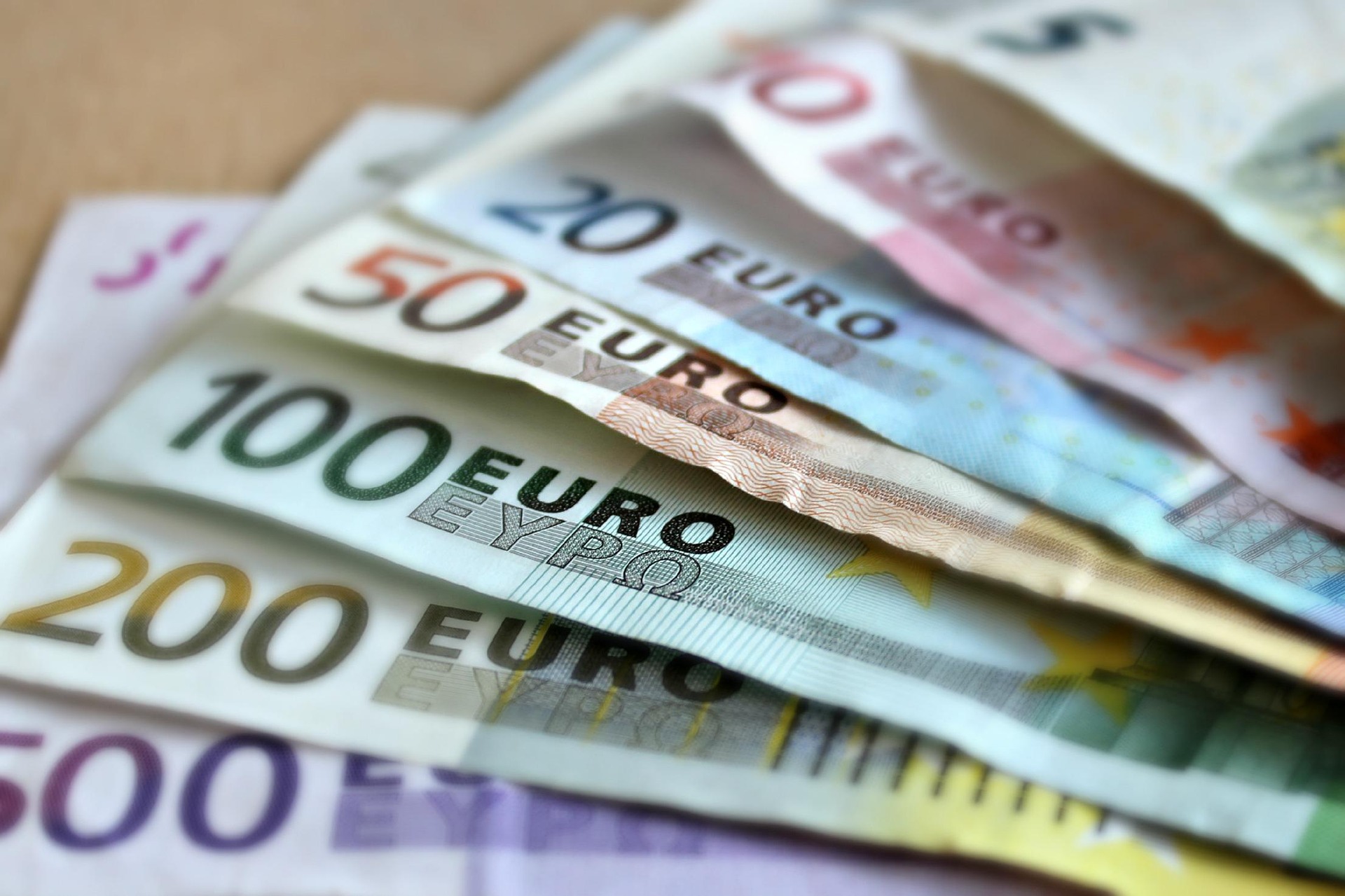
Last Thursday, EU interior ministers approved the accession of Croatia to the Schengen area.Continue reading

Retail chains are raising prices month after month and now they are trying to deceive consumers on the euro exchange rate, Croatian Economy Minister Davor Filipovic said on Tuesday after a meeting with the heads of the retail chains, according to Hungarian news agency MTI.
Croatia introduced the euro and joined the eurozone on January 1. According to press reports, most retail chains rounded up prices during the conversion. Not only retailers, but also entrepreneurs and various service providers increased their prices by 10-15 percent.
At a press conference, the minister pointed out that inflation is 13.5 percent, with the biggest impact coming from food and non-alcoholic beverage prices.
Hungary is not a member of the eurozone, so this problem has not arisen yet.
However, prices are also going up in the country because of external factors.
The region is no stranger to price increases associated with the introduction of the euro. In Slovakia, the euro replaced the koruna on January 1, 2009.
Slovakia was the second of the former socialist countries to adopt the euro, after Slovenia.
Ten years after the introduction of the euro, the press in Slovakia has assessed that, overall, “life has become more expensive.” However, most analyses present a complex picture. According to the Dunaszerdahelyi portal, prices in Slovakia have risen more slowly than in neighboring countries that do not use the euro, but within the euro area and in relation to the EU average, Slovakia has seen a faster rate of price increases.
The Hungarian news portal VG reported last summer that Slovakia had not seen inflation as high as in June 2022 for more than 20 years. The outlet said it was a false stereotype that inflation in the European Union is lower where the euro is used.
Featured photo via Pixabay